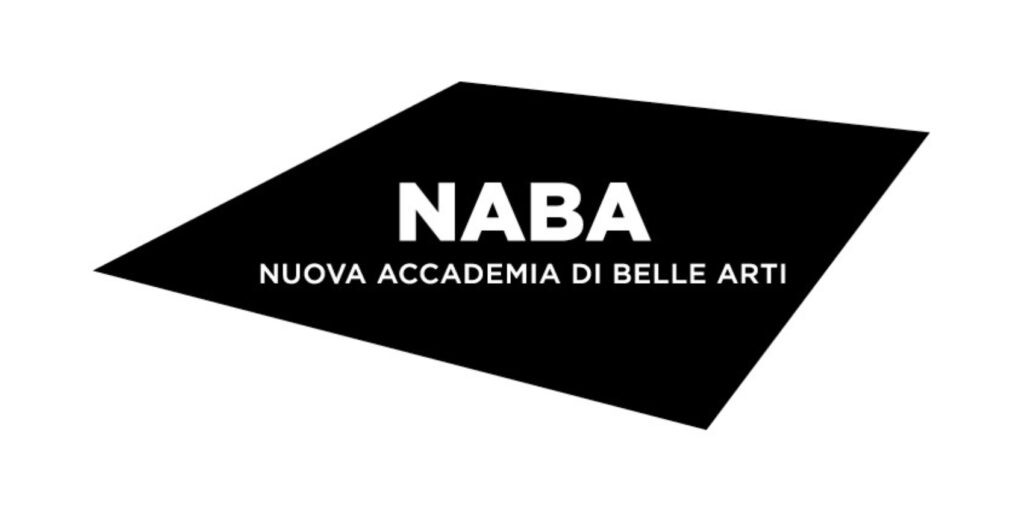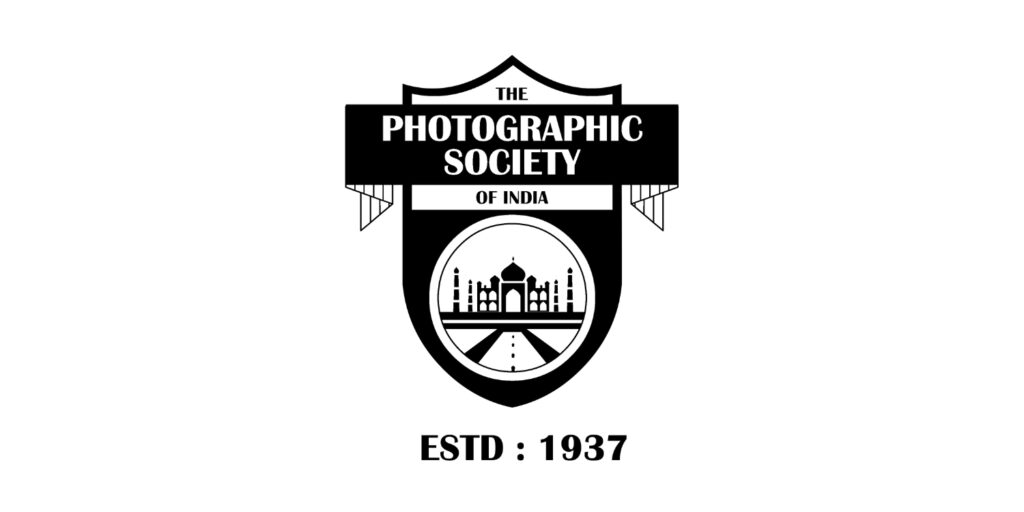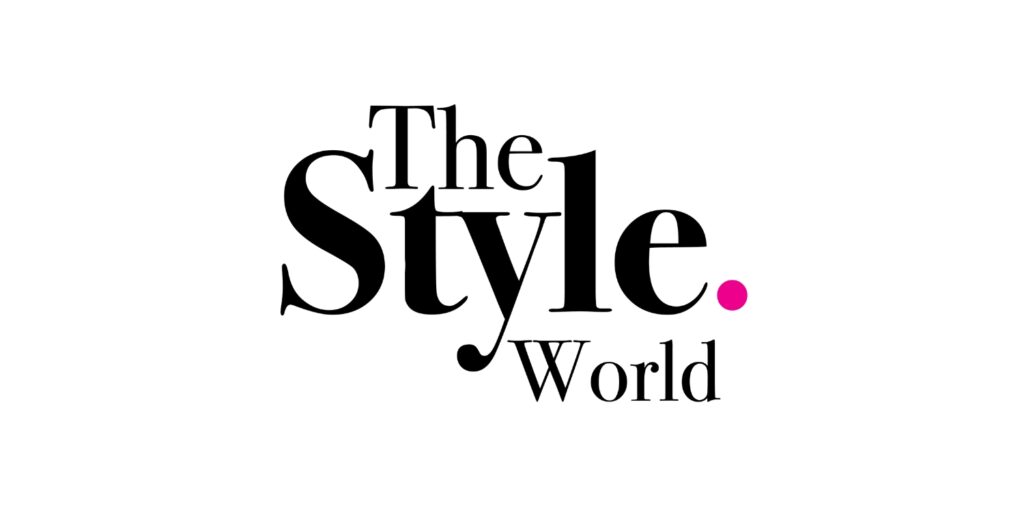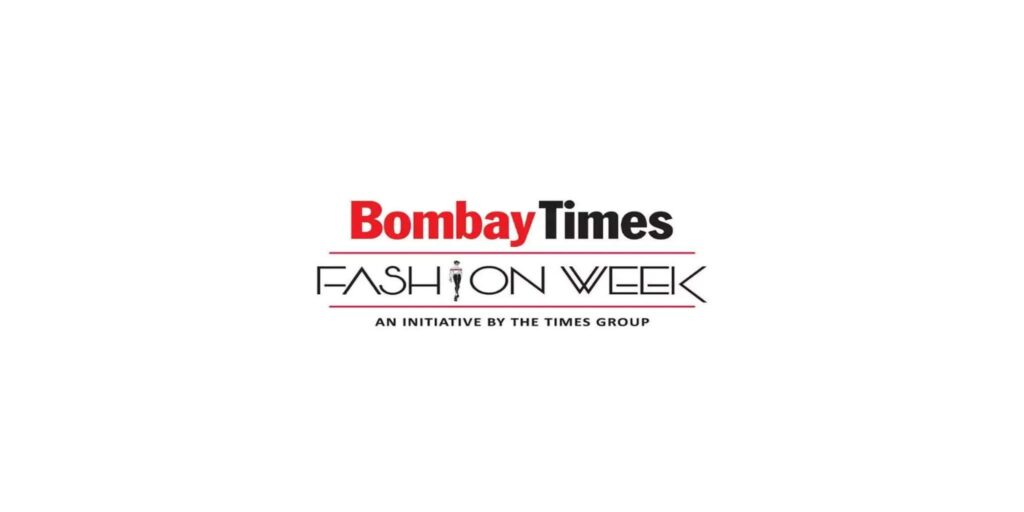Fashion Modeling Career: Types and Requirements – JD Institute
Jd Institute
- November 30, 2022
- 5 min read
- Blogs

Fashion Modeling Career: Types and Requirements
Modelling has many different types. There are many interesting ways to apply your specific talents to modelling, making it a very unique profession. You are given the opportunity to be creative as a model and explore different artistic options within the fashion industry. The most suitable type of modelling for you will often depend on your skills and experience.
At the beginning of your modelling career, stay open-minded. As you gain experience, you will become more knowledgeable about the different types of modelling. Despite the variety of models within the fashion industry, you can become the next big thing in any of them.
Different types of models are used to showcase different types of clothing or accessories. A model may specialise in one type of modelling, while others may switch careers based on their preferences. Knowing what the different types of models are can be very useful if you are aspiring to become one. A description of the different types of modelling is provided in this article, along with a list of some requirements associated with each type.
A Guide to 10 Types of Models And Requirements
The following are ten types of modelling described, with explanations of what each one entails:
1. Runway models
Usually runway models work on the catwalk, which is the runway at fashion shows where new clothing lines are presented by designers. Models on the runway typically have similar builds and heights because designers often produce their items to certain standard sizes. It is often a requirement that runway models be at least 5’9″ tall. A designer’s choice of clothes can range from intricate winter outfits to lingerie, depending on what he or she wishes to showcase.
2. Fashion/Editorial models
A fashion model is an individual who appears in popular fashion magazines as an editorial model. New product lines, single products, and accessories are often showcased in collaboration with the most reputable designers. It is therefore difficult to get into editorial modelling because it is a highly selective field. It is common for these models to be tall and slim, and designers generally prefer individuals who are ‘complete packages’ in terms of their appearance and body type.
3. Commercial models
Fashion models are highly selective, while commercial models are less so, as employers prefer a wider range of figures and appearances. Catalogues and advertising campaigns can use commercial models to showcase a variety of products. Similarly, you can appear in television and other advertising, where a variety of looks can be appealing visually. If you are interested in moving on to another type of modelling, you might start as a commercial model.
4. Fitness models
An individual who is a fitness model is typically in excellent physical shape. A well-toned body can appear muscular, athletic, and comprise an athletic build. It is therefore common for fitness models to display fitness clothing such as trainers, tracksuits, and other sporting equipment. It is also possible for a fitness model to demonstrate certain exercises and workout routines in videos and other media outlets. Fitness models undergo a lot of training and exercise to achieve their desired physiques.
5. Lingerie and swimsuit models
Lingerie and swimwear are the main focus of these models. In addition to undergarments, sleepwear, and some kinds of summer clothing, this may also include other kinds of clothing. Unlike runway and editorial models, these models are often more curvy or shapely because of the garments they wear.
6. Glamour models
Beauty and attractiveness are key characteristics of glamour models. Models in glamour do a lot of photoshoots for lingerie and swimwear because they’re generally more shapely than editorial or runway models, so they’re in demand. Photoshoots for glamour models are also different, as they are often photographed in poses that evoke specific reactions.
7. Print models
A print model can accommodate a wide range of printed media. A billboard, booklet, flyer, poster, or magazine may be used. Similar to commercial models, they are often photographed to promote a particular product. The world of print modelling is similarly less selective than that of editorial modelling and can include a wider range of looks and builds. Rather than hiring you to promote a product, an employer may hire you because of your unblemished skin and pleasant smile.
8. Parts models
The purpose of a parts model is to showcase clothes and accessories that only involve a portion of the body. A part model might wear rings, bracelets or similar jewellery while having their hands photographed. Alternatively, you could display shoes, slippers, sandals, and other footwear with your feet. The same applies to nail care and other beauty products that don’t require a full body showing. Because of this, parts models may only focus on specific body parts, such as hands, feet, and legs, that are well-proportioned. Therefore, this type of modelling may be less selective than others, such as glamour or editorial modelling.
9. Fit models
Among the models on this list, fit models probably have the widest range of body shapes and sizes and are the only ones not typically photographed. In order to determine the size and fit of clothing, fit models are used. Before production begins, designers and manufacturers check the sizes and fits to ensure they are correct. As a result, fit models are diverse, since each size the manufacturer or designer intends to produce has a need.
10. Plus-Size Models
In the commercial and fashion industries, plus-size models have more options as the demand increases. Many companies and agencies specialise in plus-size models, which is increasing the demand for models. In addition to tall, slender, and perfect standards of beauty, more and more fashion firms are redefining beauty standards. There are many opportunities for plus-size models, including runways, assignments for large fashion labels, and commercial modelling for a variety of publications and media companies.






